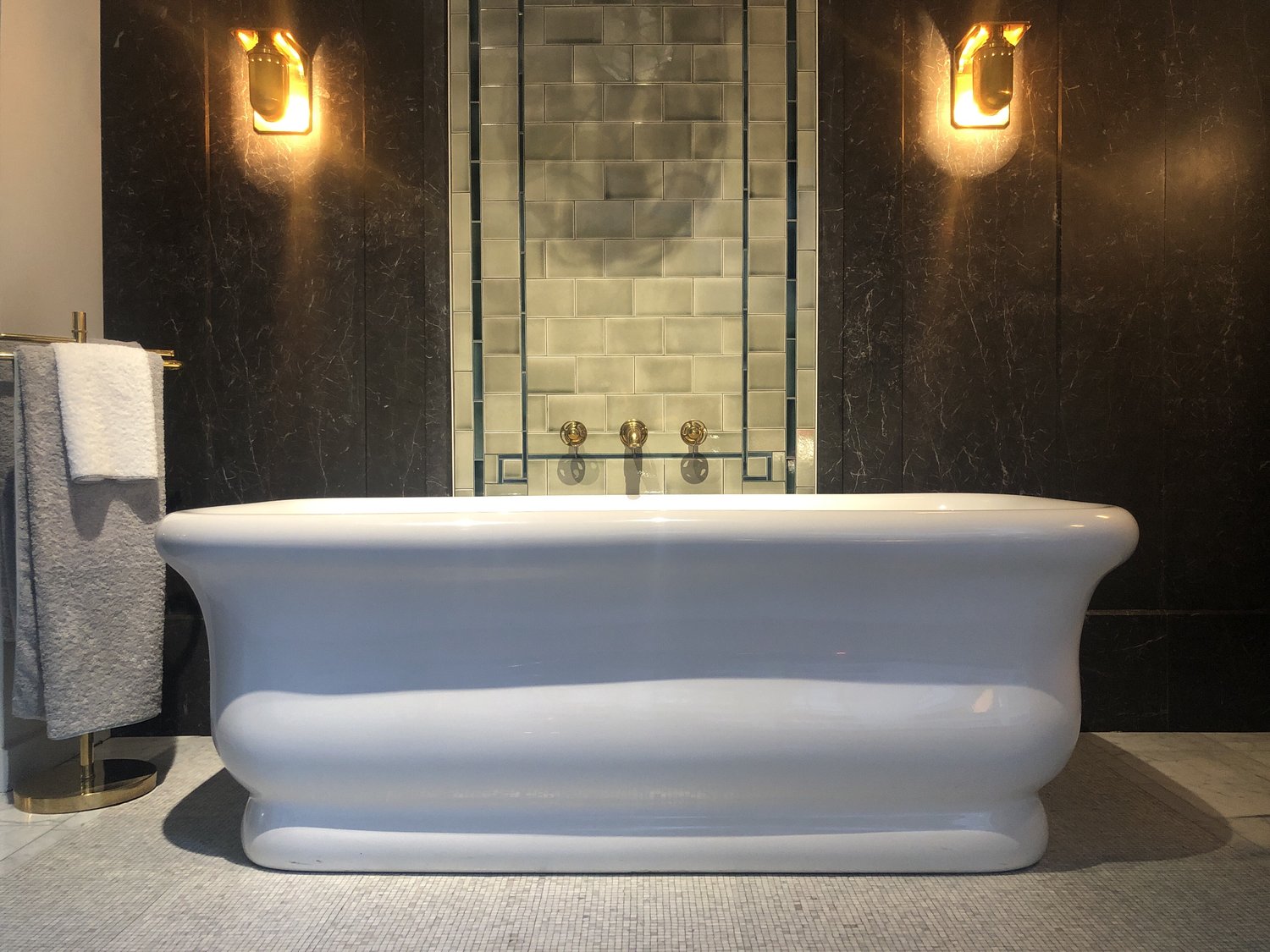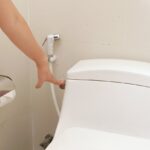Understanding Different Bathtub Types
Bathtubs come in various styles and materials. They are essential fixtures in modern bathrooms. The most common types include freestanding, built-in, and corner tubs. Freestanding bathtubs offer a luxurious, spa-like experience. These standalone units can be placed anywhere in the bathroom. Built-in tubs are integrated into the bathroom layout. They are often surrounded by tiles or other materials. Corner tubs maximize space in smaller bathrooms. Each type has its unique advantages and considerations.
Material choice is crucial when selecting a bathtub. Acrylic is popular due to its lightweight nature and durability. It retains heat well and is easy to clean. Cast iron tubs are known for their longevity and classic appearance. They can last for decades with proper care. Fiberglass tubs are budget-friendly options. Bathtubs made of stone resin or solid surface materials offer a high-end look. These materials are resistant to scratches and stains.
Size is another important factor to consider. Standard tubs typically measure 60 inches long and 30-32 inches wide. Larger options can extend up to 72 inches in length. Depth varies from 14 to 20 inches, with deeper tubs providing a more immersive experience. Always measure your bathroom space before purchasing. Ensure there’s enough room for installation and comfortable use. Consider the weight of the filled tub when choosing a second-floor location.
Features can enhance your bathing experience. Whirlpool jets offer therapeutic massage benefits. Air jets provide gentler bubbles for relaxation. Chromotherapy lighting can create a soothing ambiance. Some tubs come with built-in armrests or headrests for added comfort. Overflow drains prevent water spillage. Anti-slip surfaces increase safety, especially for children and older adults.
Installation requirements vary by tub type. Freestanding bathtubs often need special faucets and plumbing configurations. Built-in tubs may require additional framing and finish work. Some tubs are designed for alcove installation, fitting between three walls. Others are meant for corner placement. Always consult a professional plumber for proper installation. This ensures optimal function and prevents potential water damage.
Exploring Bathtub Styles for Different Spaces
Asymmetric and corner bathtubs are ideal for unconventional bathroom layouts. These designs make efficient use of space in smaller or oddly shaped rooms. Corner tubs often feature triangular shapes that fit snugly into right-angled corners. Some models include built-in seating for added comfort. Asymmetric and corner bathtubs can accommodate multiple bathers, making them suitable for family bathrooms.
Rectangular acrylic bathtubs made of conglomerate offer durability and style. Conglomerate is a mixture of crushed stone and resin. This material provides strength and heat retention properties. Acrylic surfaces are easy to clean and resistant to fading. These tubs come in various sizes to fit different bathroom dimensions. Some models feature sleek, modern designs with clean lines and minimalist aesthetics.
Oval and round bathtubs create a softer, more organic look in bathrooms. They often serve as focal points in larger spaces. Many freestanding tubs come in these shapes. Clawfoot tubs are classic examples of oval designs. Modern versions may feature pedestal bases instead of feet. Round tubs are less common but can make bold design statements. They work well in spacious, open-concept bathrooms.
Drop-in tubs offer versatility in installation and design. These tubs are inserted into a prepared deck or platform. The rim of the tub sits on top of the surrounding surface. This style allows for custom finishes around the tub. Homeowners can choose tile, stone, or other materials to complement their bathroom decor. Drop-in tubs can be installed in various configurations, including corner and center-room placements.
Rectangular acrylic bathtubs made of conglomerate are popular choices for modern bathrooms. Their clean lines and durable construction make them suitable for daily use. These tubs often feature ergonomic designs for comfortable bathing. Some models include integrated overflow systems for added safety. The non-porous surface of acrylic resists mold and mildew growth, making maintenance easier.
Maintaining Your Bathtub for Longevity
Regular cleaning is essential for bathtub maintenance. Use non-abrasive cleaners to avoid damaging the surface. Mild soap and warm water are often sufficient for daily cleaning. For tougher stains, a mixture of baking soda and water can be effective. Avoid harsh chemicals that can erode the tub’s finish. Always rinse thoroughly after cleaning to remove any residue.
Addressing minor damage promptly can prevent larger issues. Small chips or scratches in acrylic tubs can often be repaired with DIY kits. These typically include a color-matched filler and sandpaper for smoothing. For more significant damage, professional repair services may be necessary. Porcelain and enamel tubs may require specialized repair techniques. Always follow manufacturer guidelines for maintenance and repair.
Preventing water damage is crucial for bathtub longevity. Ensure that caulk around the tub is intact and free from mold. Replace caulk as needed to maintain a watertight seal. Check faucets and drains regularly for leaks. Address any plumbing issues immediately to prevent water from seeping into surrounding structures. Use bath mats to absorb excess water and reduce slip hazards.
Proper use can extend your bathtub’s lifespan. Avoid standing in the tub when showering to prevent excessive wear on one area. Use a shower curtain or door to contain water splash. Be cautious with heavy or sharp objects that could damage the tub’s surface. For jetted tubs, run the jets with a cleaning solution periodically to prevent buildup in the pipes.
Consider professional maintenance for specialty tubs. Whirlpool tubs may benefit from annual servicing to ensure proper function of jets and pumps. Stone or concrete tubs might require periodic resealing to protect the surface. Vintage clawfoot tubs may need refinishing every few years to maintain their appearance. Regular professional inspections can catch potential issues before they become major problems.





